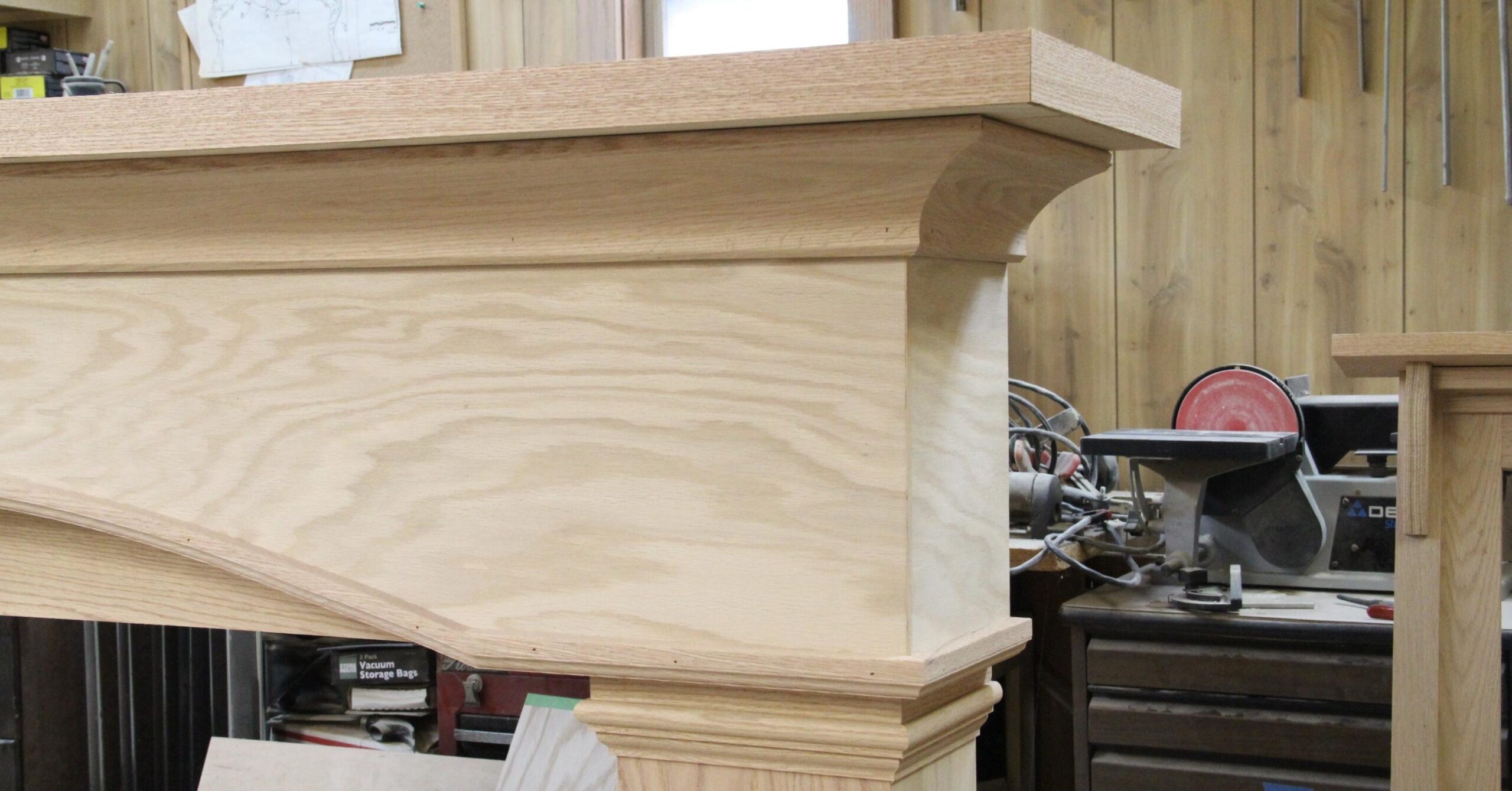Are you curious to know what is cove molding? You have come to the right place as I am going to tell you everything about cove molding in a very simple explanation. Without further discussion let’s begin to know what is cove molding?
In the realm of interior design and architectural detailing, cove molding stands as a timeless and elegant feature that adds sophistication and visual appeal to living spaces. Let’s delve into the world of cove molding, understanding its definition, versatility, and enduring charm in the realm of home decor.
What Is Cove Molding?
Cove molding, also known as coving or crown cove molding, refers to a decorative trim or molding characterized by its concave shape. It is typically installed where walls meet ceilings, creating a smooth, curved transition that adds a touch of architectural finesse to a room.
Features And Design
- Curved Profile: Cove molding features a concave, curved profile resembling an inverted “C,” gently blending the wall and ceiling planes.
- Variety of Sizes: Available in various widths and depths, cove molding allows for customization to suit different ceiling heights and room styles, ranging from subtle to more pronounced profiles.
- Material Diversity: Cove molding can be crafted from wood, plaster, polyurethane, or other composite materials, offering versatility in design and installation.
Functional And Aesthetic Purposes
- Aesthetic Enhancement: Cove molding serves as a decorative element, adding elegance, depth, and visual interest to an otherwise plain junction between walls and ceilings.
- Architectural Detailing: It creates a sense of architectural refinement, imparting a finished and polished look to interior spaces while masking any irregularities in the junction.
- Lighting Accentuation: Cove molding can be used to conceal indirect lighting or LED strips, creating a soft, ambient glow that enhances the overall ambiance of a room.
Installation And Application
- Professional Installation: Installing cove molding typically requires precision and skill. Professionals use miter saws to cut precise angles for seamless joints.
- Versatile Use: Cove molding is suitable for various room styles, from traditional to modern, and can be applied in living rooms, dining areas, bedrooms, or even bathrooms, enhancing the aesthetic appeal of any space.
There are more famous things you should know about visit Jetfamous to see them.
Timeless Appeal In Interior Design
Cove molding has stood the test of time, maintaining its relevance in interior design across different eras and design movements. Its classic yet versatile nature allows it to complement various decor styles, adding a touch of sophistication and architectural charm to homes.
Conclusion:
Cove molding stands as a hallmark of refined interior design, offering a simple yet impactful way to elevate the visual appeal of a room. Its ability to soften the transition between walls and ceilings while adding a touch of architectural grace makes it a timeless and versatile choice for homeowners seeking to infuse elegance into their living spaces.
For aficionados of interior design seeking to impart a sense of classic sophistication and visual finesse to their homes, cove molding remains an enduring choice, embodying the artistry of architectural detailing and timeless elegance.
FAQ
What Is The Difference Between Cove Molding And Crown Molding?
Crown molding is typically installed at the point where the ceiling meets the wall. It helps to create a smooth transition between the two surfaces and can also be used to hide any imperfections. Cove molding, on the other hand, is installed along the edge of the ceiling.
What Is Cove Molding For Cabinets?
What Does Cove Moulding Look Like, and What Is It Used for? Coving is a type of cornice moulding. It has a simple scoop-out or concave profile that bows inward. It’s used to smooth out the sharp transition between the wall and ceiling, cabinetry, or stair treads without making them look too extravagant.
Does Cove Molding Have A Top Or Bottom?
Generally, crown moulding extends further down the wall than on the ceiling. The concave (cove) side goes down, and the convex (rounded) side goes up.
What Do You Use Cove Molding For?
What is Cove Moulding Used for? Concave moulding is primarily used to smooth the transition between the ceiling and the wall. It’s usually used to soften the transition on the inside corners of walls or to hide visible joints, but as discussed, you can find cove moulding all over different areas of the home.
I Have Covered All The Following Queries And Topics In The Above Article
What Is Cove Molding Used For
What Is Cove Base Molding
What Is Cove And Crown Molding
What Is Flexible Cove Molding Used For
What Is Cove Molding
What is a cove moulding
